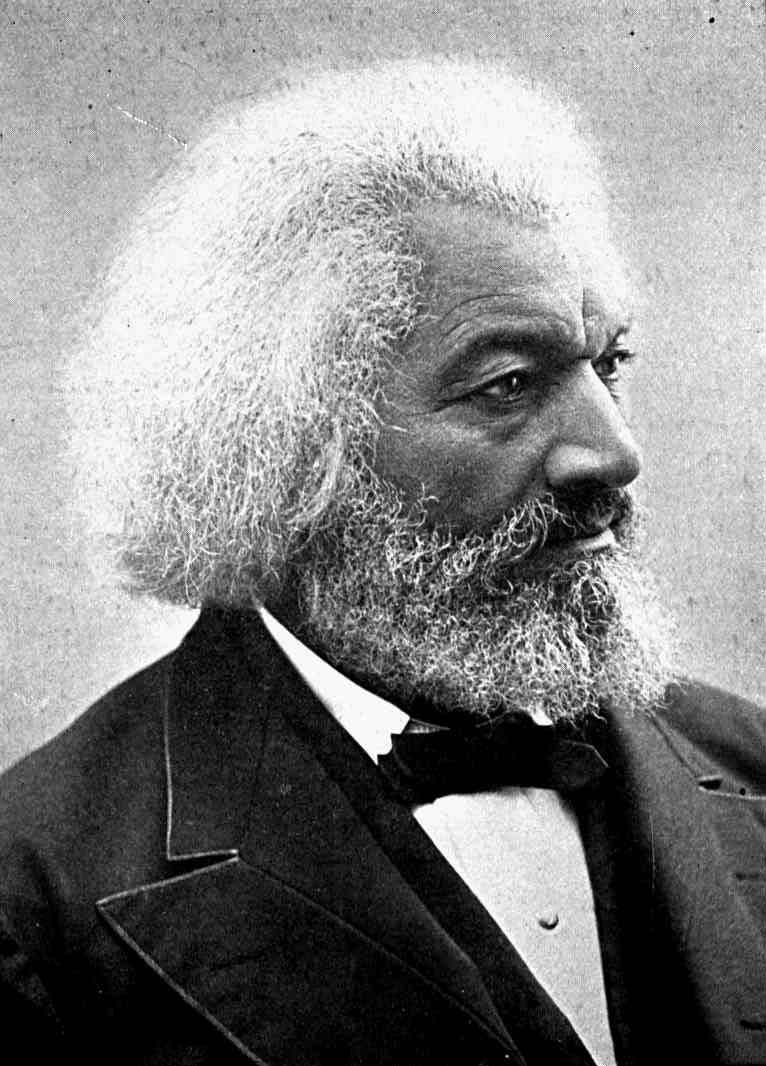#PhotoJournalism and the Tire Fire Mirror: The Vampire Class Can't Find Its Own Footprints
Poverty Porn photographers claiming to "hold up a mirror" to society fail to document the true value of reuse and maintenance is in saving the environmental expense of virgin material extraction and production. The vampires can't see themselves because they are holding the mirror facing forward, where goods go to be reused, instead of at our own extractive environmental footprint.
The perfect example? The tire fire. A fresh one appears today in the respected Council on Foreign Relations... even they use the African Tire Fire to lead their story.
Council on Foreign Relations Gets Into the Act.
(This blog is summarized on my Twitter feed in 5 tweets plus 2 postscript, copied at bottom)
ENVIRONMENTALISM cannot be scatalogical. While waste analysis is as vital to earth environmental policy as a pap smear, urine sample, or colonoscopy sample, it isn't the cure for obesity, heart disease, disease exposure, or stupid behavior... all of which are bigger predictors of death than excrement.
PHOTOJOURNALISM likes to tell us (or themselves) that they make complicated science more understandable and relatable. Photos definitely stir a human empathy (nurture) or anger/fear reaction.
For years this blog has drummed about the danger of simple looking solutions which are in fact comically fictitious if the photo is given a time lapse treatment. In today's twitter feed, I use tires as an example of photojournalist "whistle blowing" to well-meaning environmentalists - triggering collateral damage via subconscious racial profiling.
To get your attention, I'll start with the guilty western pleasure of whacking off to an African burning a pile of tires.
Long term followers will recognize this 30 year old man as Awal Muhammed of Savelugu, used here to solicit hand-wringers to view "Welcome to Sodom", the most recent "documentary" to add to the pile of lies about Agbogbloshie, the auto scrapyard in central capital of Accra, Ghana. Here's another shot of Awal, from #SashaRainbow's glam-rock-band Placebo music video of the same vein of lies about Africa's waste being not African, but recently illegally imported externalized waste from OECD evil recyclers who refused to boycott Africa's Tech Sector entrepreneurs.
I don't credit the photographer, sorry. But the photographer didn't credit, or describe, Awal Muhamed, so call it even. In any case, after one more guilty pleasure shot of Awal's accelerant dowsed tire fire performance art, I will share an actual diagram of the life cycle of automobile tires, from rubber plant production to crumb rubber or cement kiln fate in the USA or Europe.
The entry point here is Sasha Rainbow and whatshisnameWelcometoSodom and Kevin McElvaney's re-treaded claim that they are not exploiting men like Awal, that their photo-economy is necessary to HOLD UP A MIRROR to wealthy societies who, they claim, are unaware that their OECD recyclers are faking it and dumping your electronics (as evidenced by tires) on Africa.




























